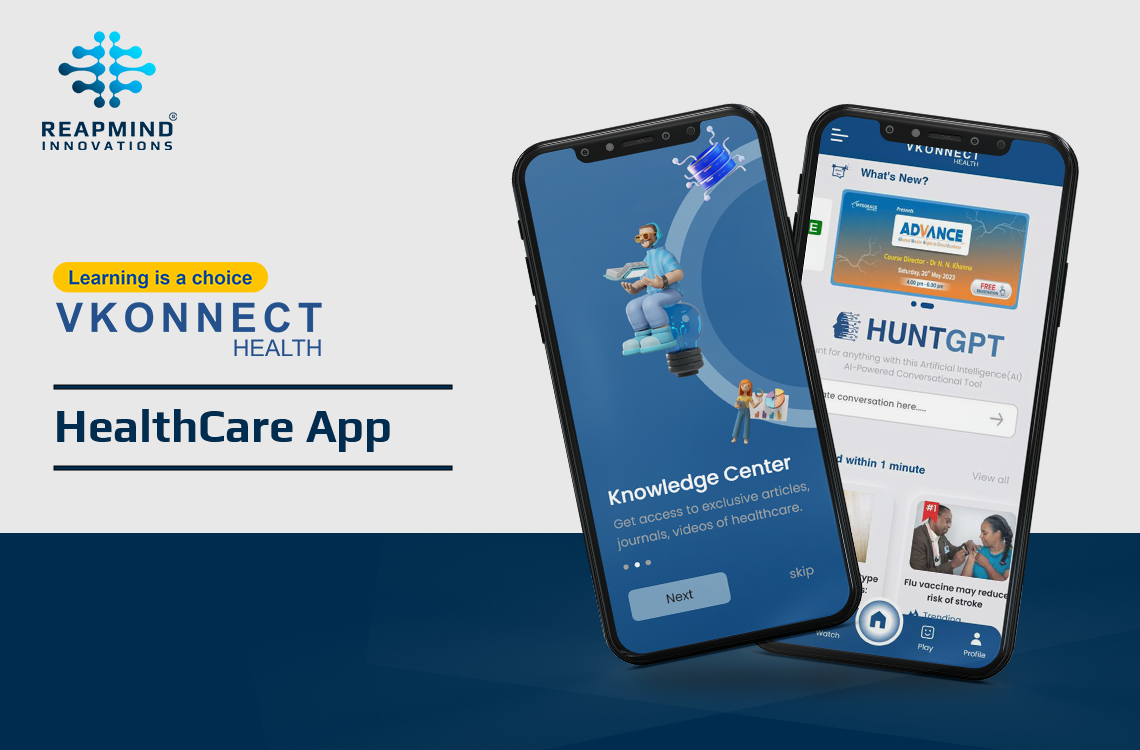Front-End Development:
Native iOS: Swift with Xcode IDE and SwiftUI or UIKit for UI development.
Native Android: Kotlin or Java with Android Studio IDE and Android Jetpack for UI development.
Cross-platform Development: React Native or Flutter using JavaScript/TypeScript or Dart respectively.
Back-End Development:
Server-Side Frameworks: Node.js (with Express.js or Nest.js), Ruby on Rails, or Django.
Databases: PostgreSQL or MySQL for relational databases, and MongoDB for NoSQL databases.
Cloud Services and Infrastructure:
Cloud Platforms: Amazon Web Services (AWS), Microsoft Azure, or Google Cloud Platform (GCP) for scalable and reliable infrastructure.
Mobile Backend as a Service (MBaaS): Firebase, AWS Mobile Hub, or Azure Mobile Apps for ready-to-use backend services.
API Integration and Security:
RESTful APIs: Building and consuming RESTful APIs for data exchange between the mobile app and the server.
OAuth: Implementing OAuth for secure user authentication and authorization.
API Testing: Tools like Postman or Insomnia for testing and debugging APIs.
DevOps and Deployment:
CI/CD Tools: Jenkins, GitLab CI/CD, or CircleCI for automating build, testing, and deployment processes.
Containerization: Docker for containerization and Kubernetes for orchestration of app deployments.
Monitoring and Logging: Tools like Prometheus, Grafana, or ELK stack (Elasticsearch, Logstash, Kibana) for monitoring and logging app performance.
Additional Technologies:
Analytics and Crash Reporting: Integration of analytics tools like Google Analytics or Firebase Analytics, and crash reporting tools like Crashlytics.
Push Notifications: Services like Firebase Cloud Messaging or Apple Push Notification Service for sending push notifications.
Security: Implementing encryption, secure communication protocols (e.g., HTTPS), and adhering to best practices for securing user data.

















































